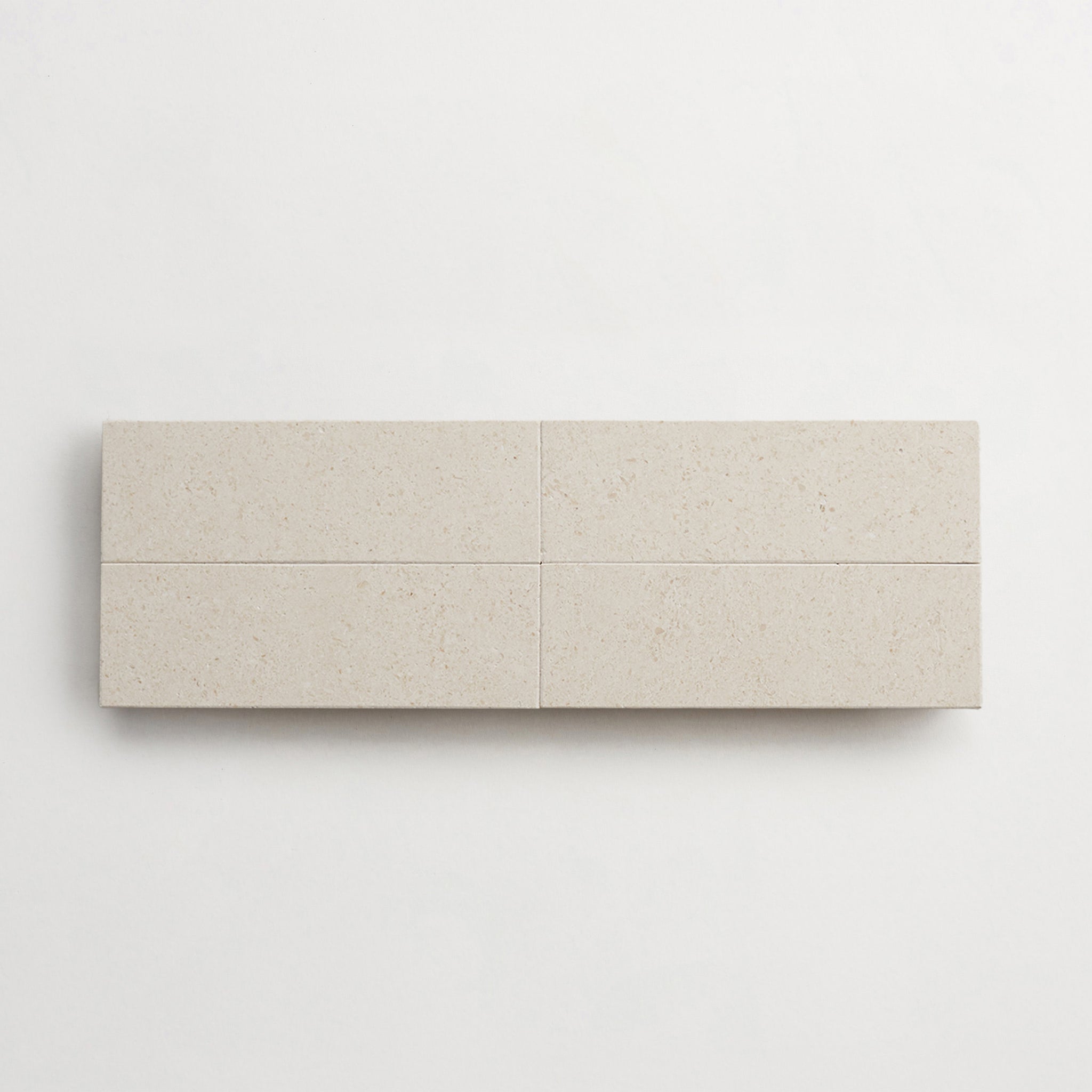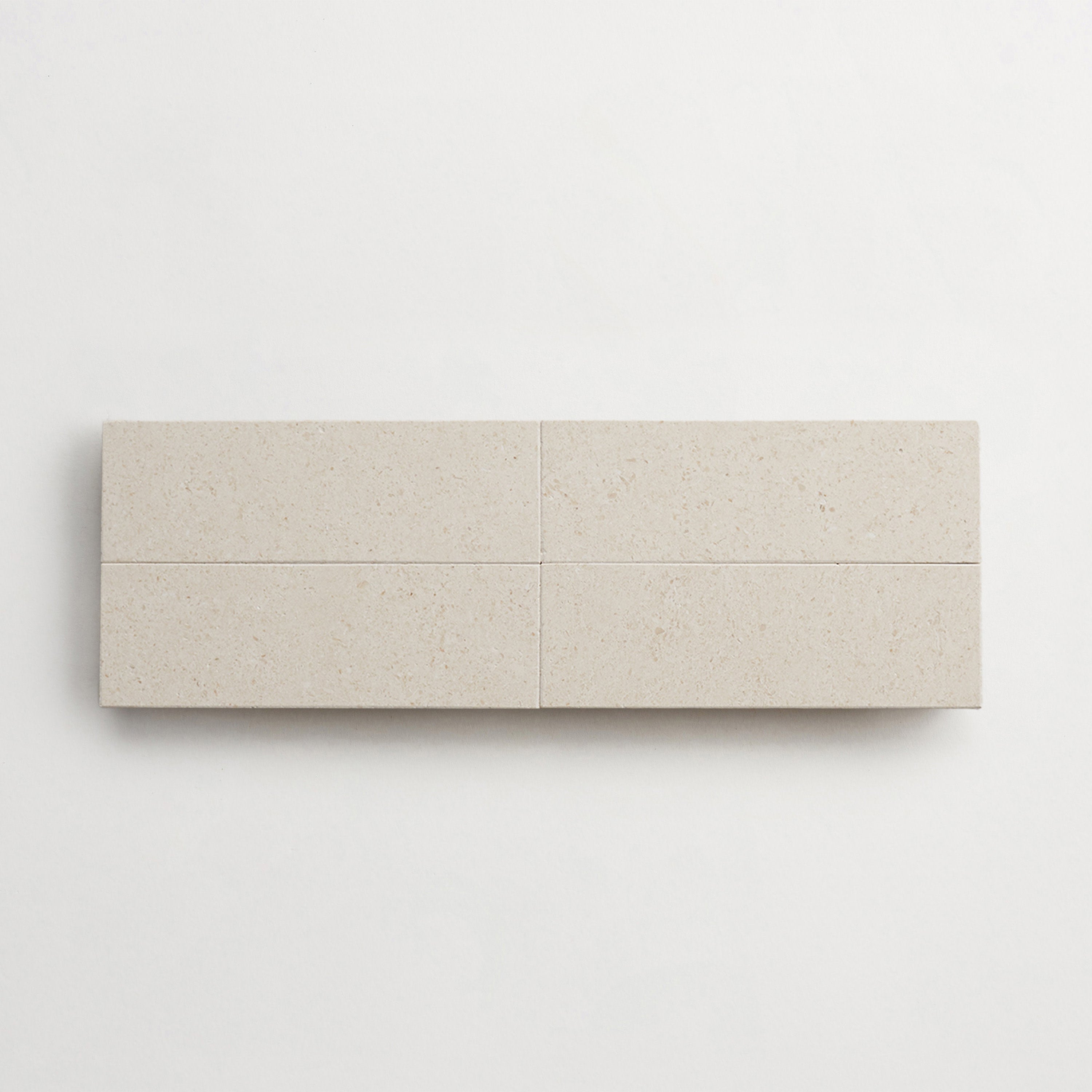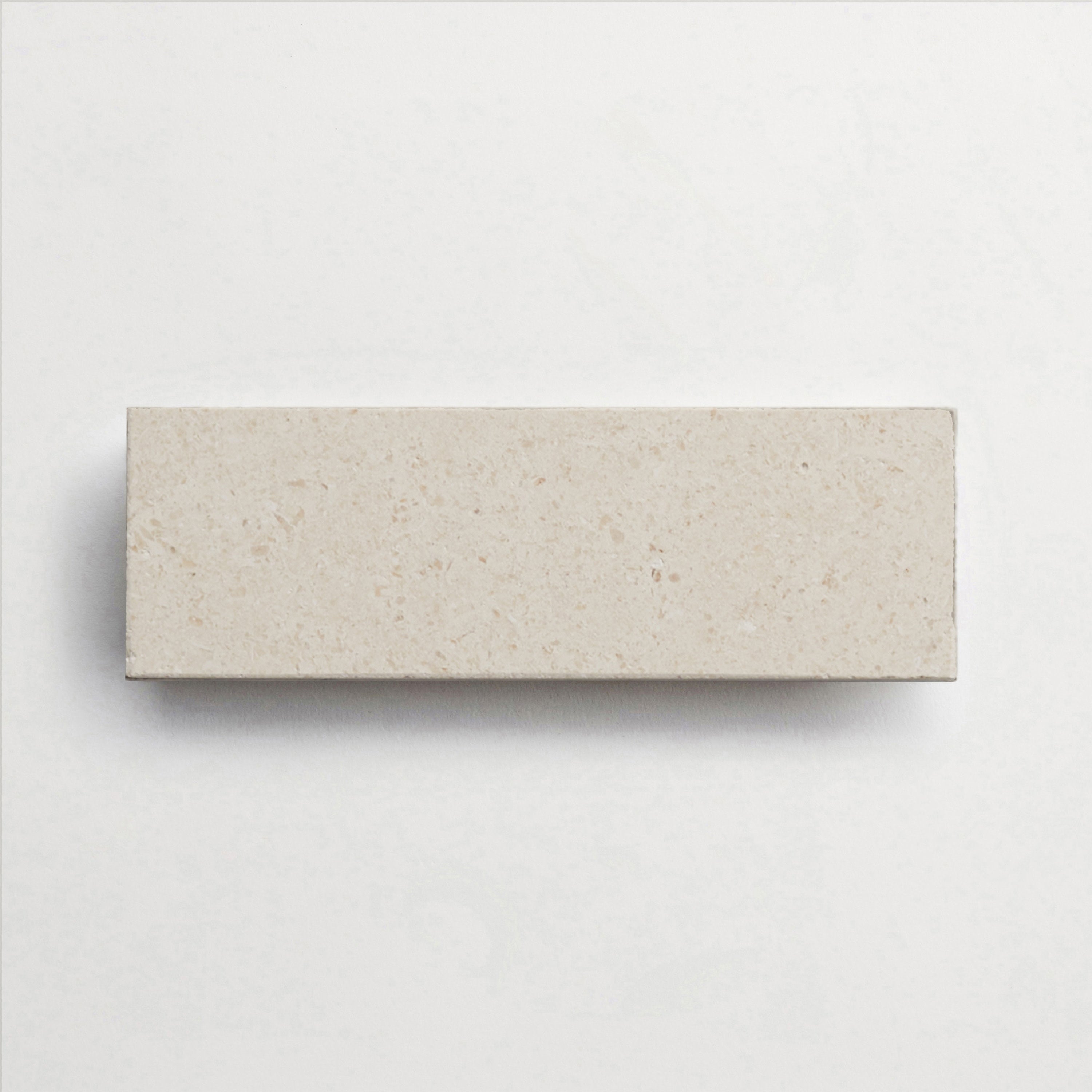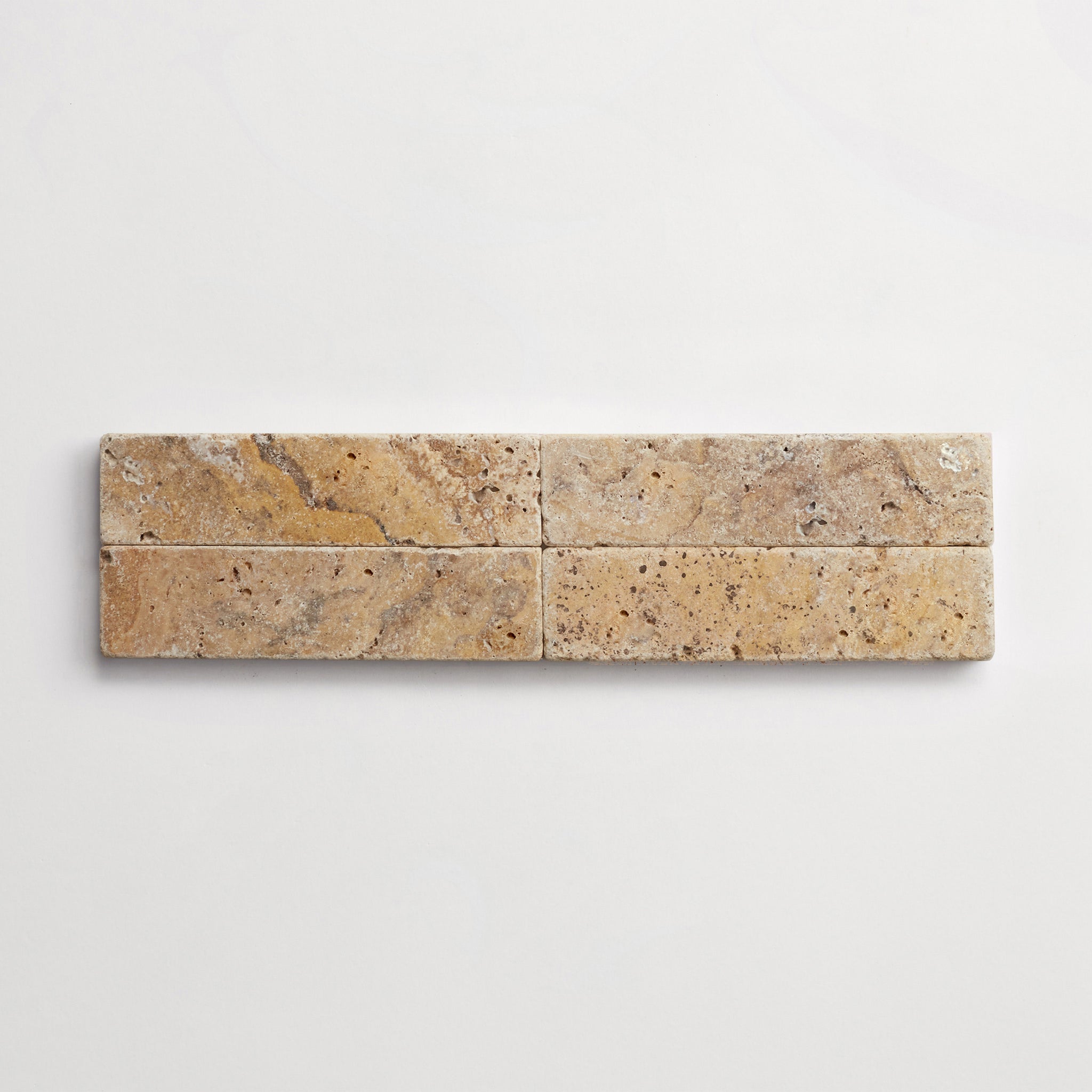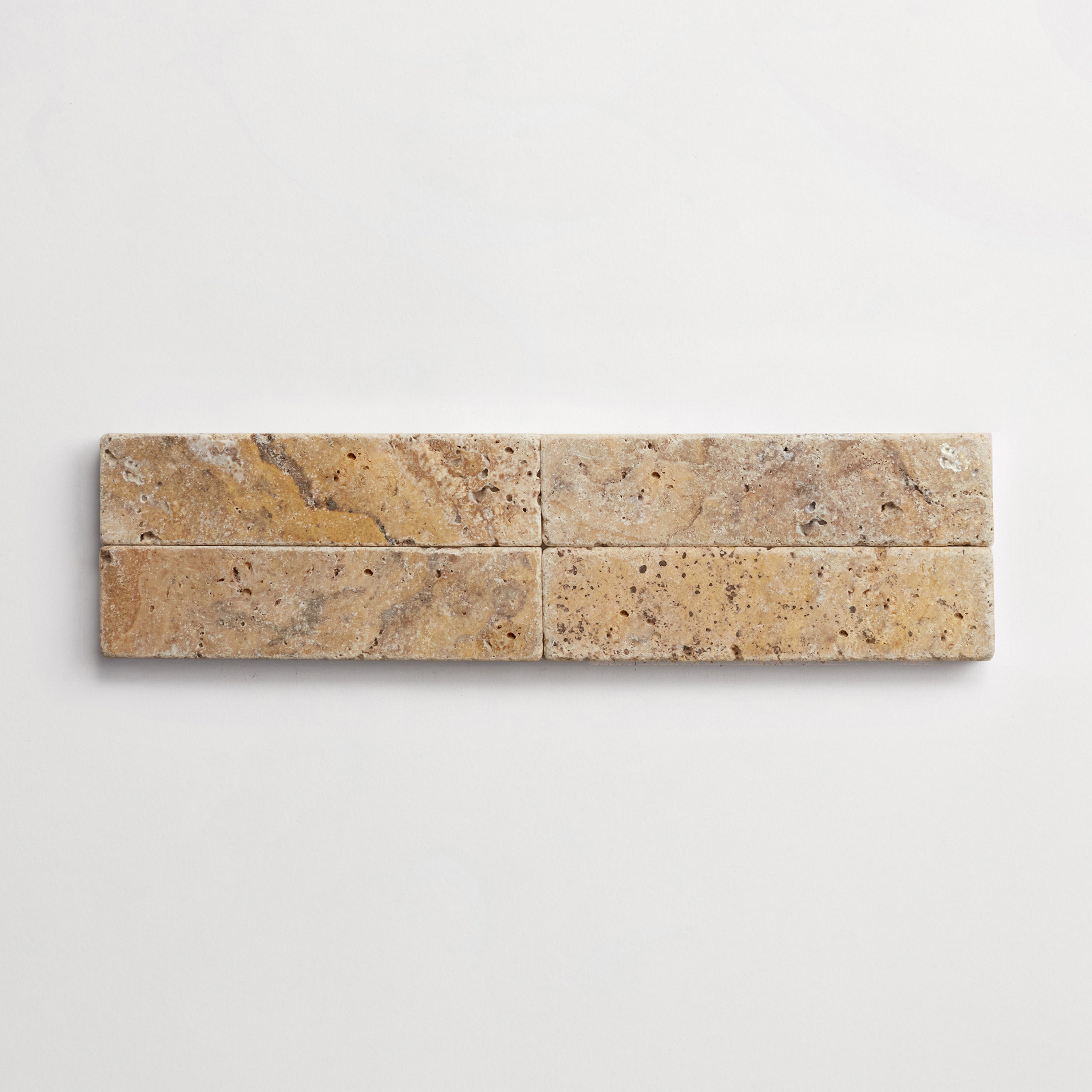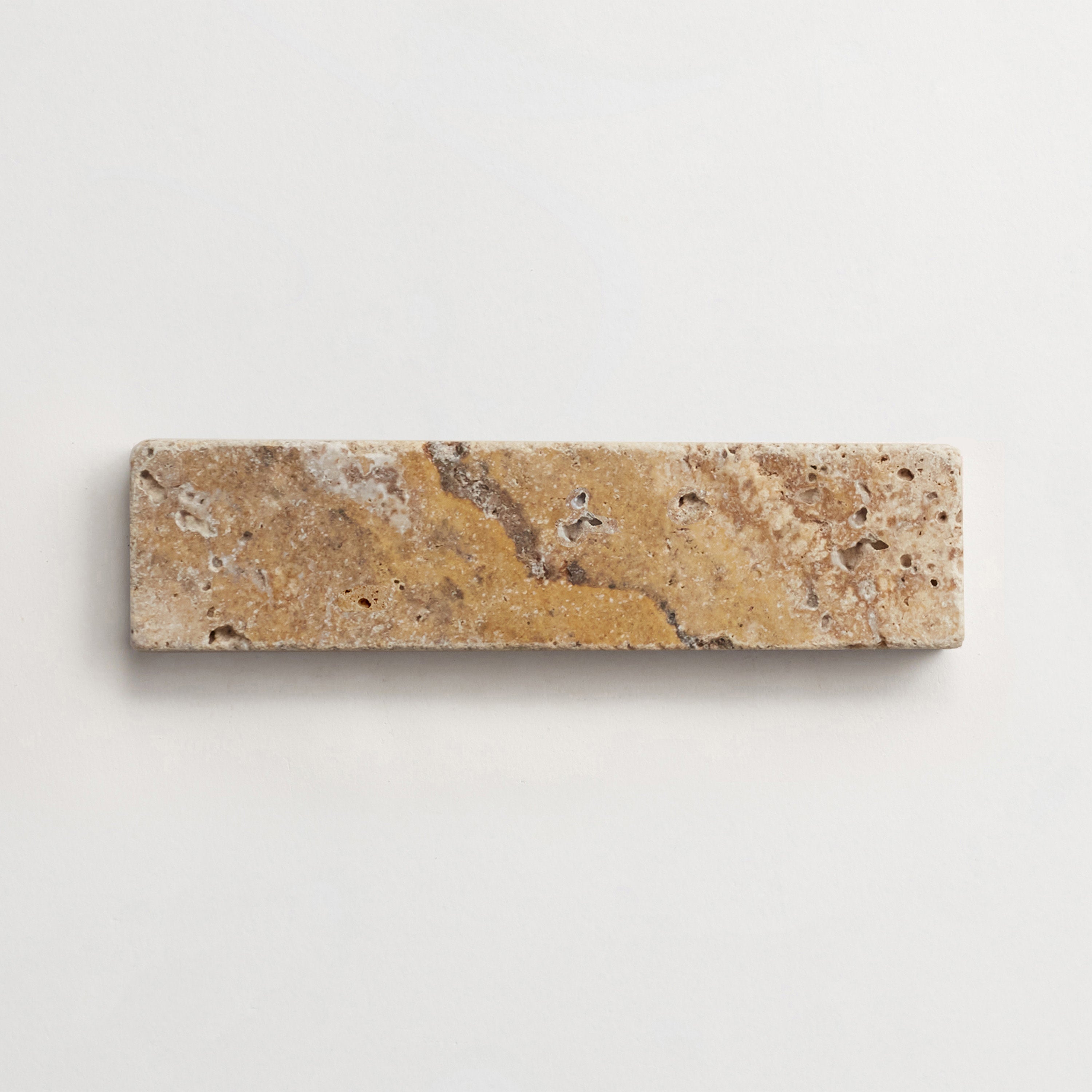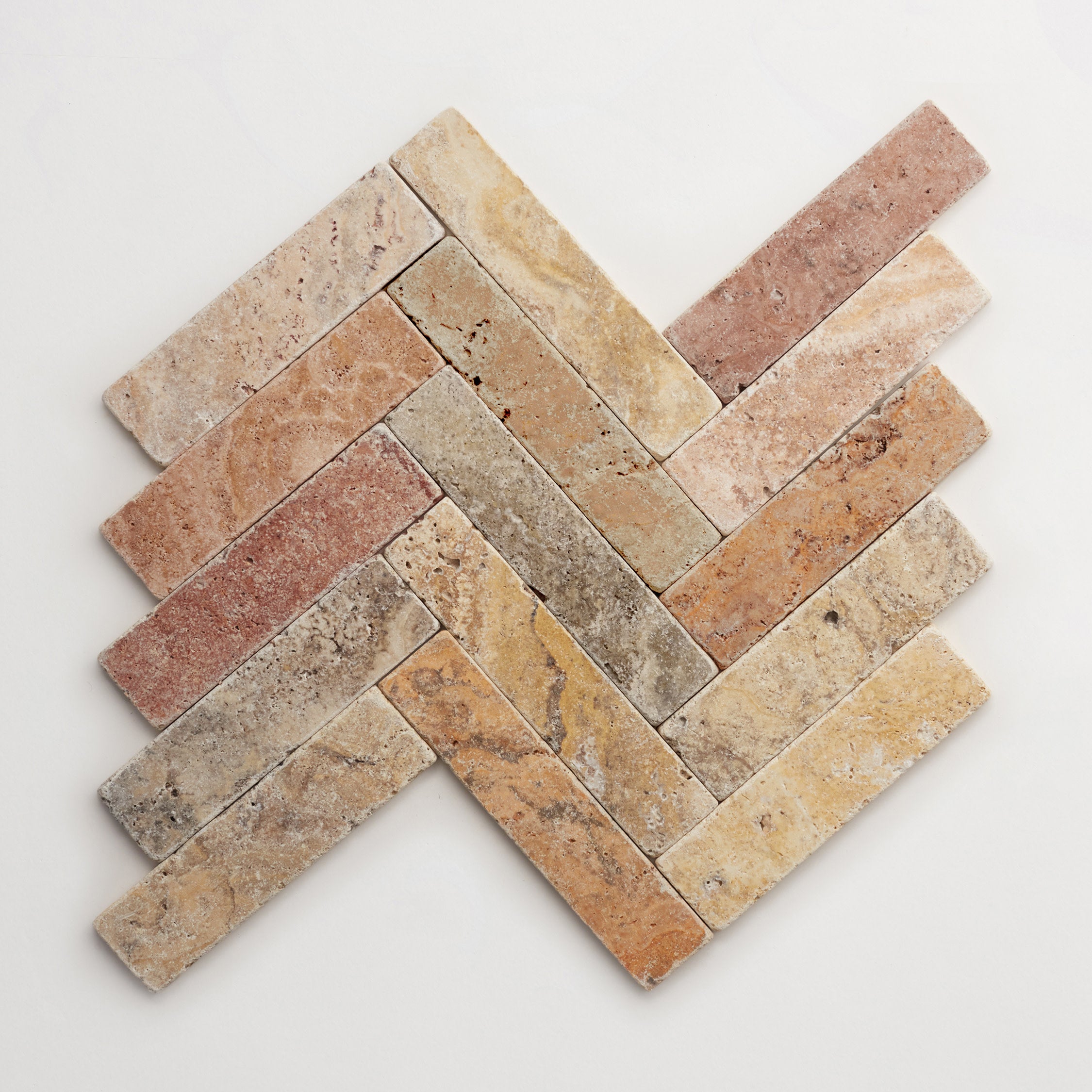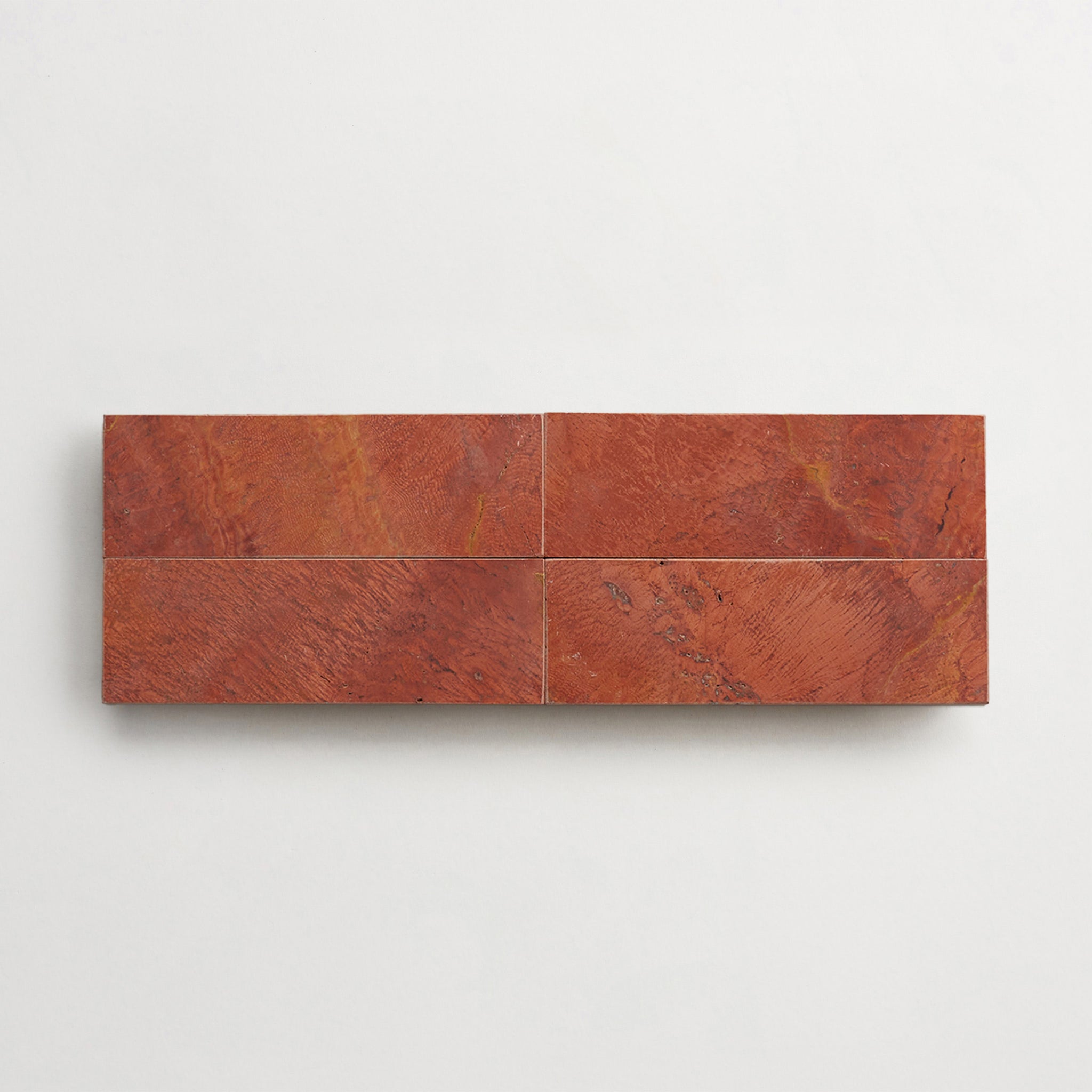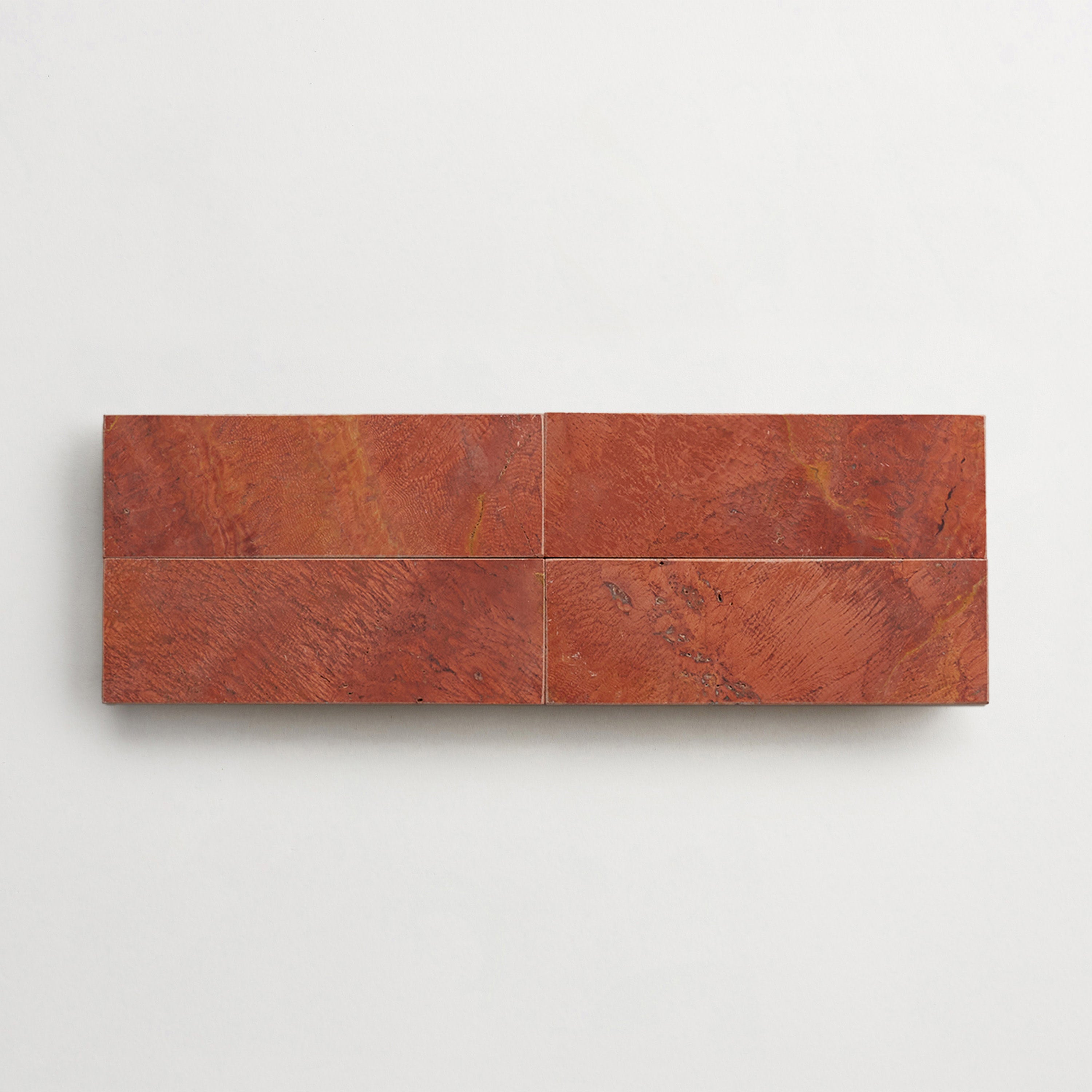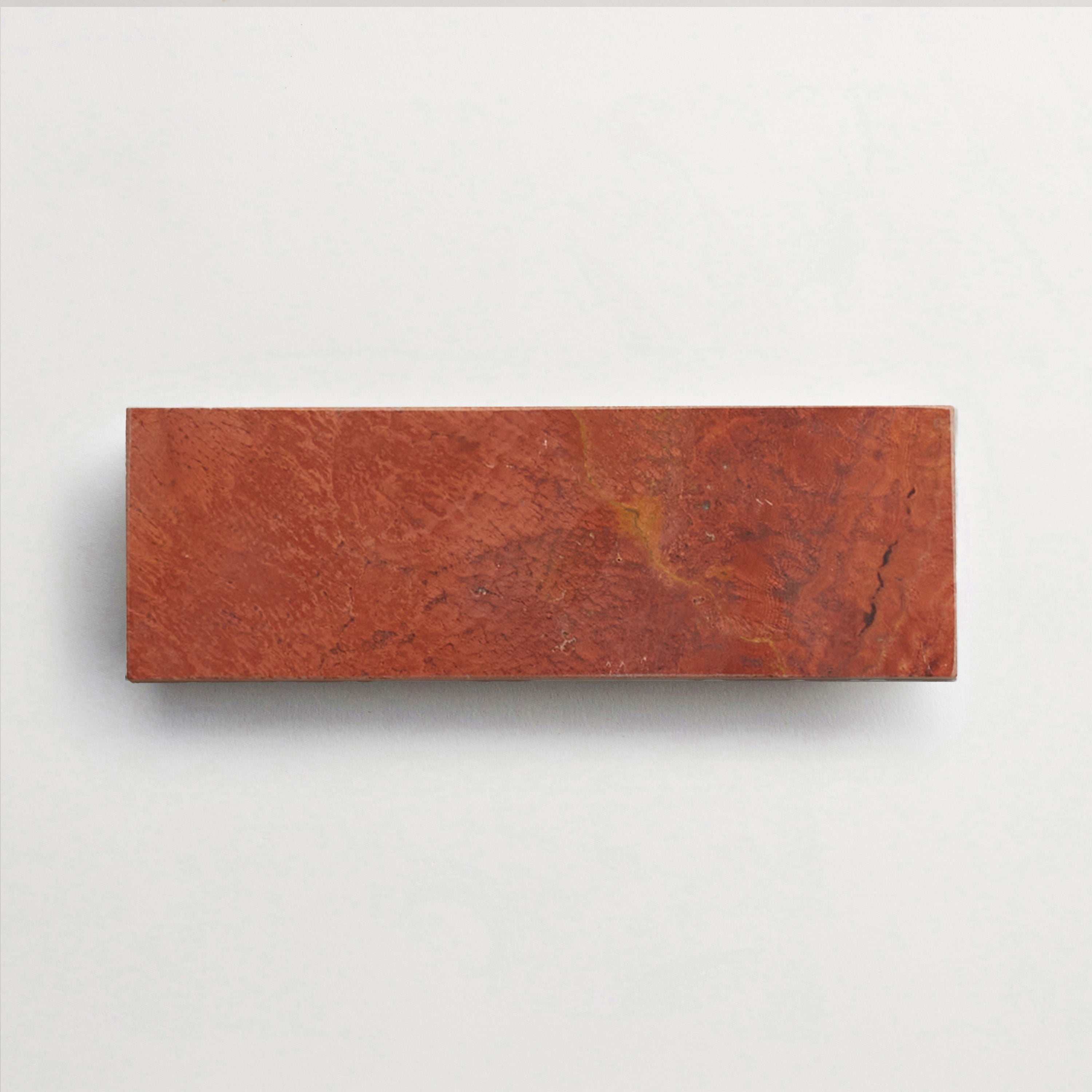your shopping cart is empty.

Limestone vs Travertine Pool Deck: Which to Choose
Choosing materials for an outdoor space is rarely easy — especially when you’re deciding between two natural stone pavers that both promise timeless beauty and performance. Homeowners, designers, and landscape architects alike often feel frustrated with mass-produced, lower-quality tile options that don’t hold up to weather, water, or time.
In this guide, we’ll compare limestone vs travertine pool decks to help you understand how each performs in terms of durability, slip resistance, and heat control — so you can select the best choice for your outdoor project.
What Are Limestone Pavers?
Limestone pavers are cut from sedimentary rock that have formed over millennia from compacted shells and marine life. This natural stone is prized for its soft, organic tone and subtle texture. It offers a refined aesthetic that works beautifully in both contemporary and classic designs.
Because limestone is naturally dense and consistent, it’s a solid choice when you’re specifying outdoor pavers for high-traffic areas. Case in point: Explore the honed white limestone from our lapidary collection to see how this elegant surface brings quiet luxury to outdoor spaces.
What Are Travertine Pavers?
Travertine pavers come from limestone deposits that have formed around mineral springs. Over time, water movement creates the stone’s characteristic pores and soft veining, giving travertine a distinctive, natural texture.
This stone’s ability to stay cool underfoot and its earthy range of tones make it a perfect choice as an outdoor paver, especially for the pool deck. To get a better sense of how travertine brings organic warmth to exterior settings, see the honed beige travertine from our lapidary collection.
Travertine vs Limestone Pavers for Pool Decks
Both limestone and travertine pavers are beautiful natural stone options with long histories of use in architecture. That makes them an even closer comparison than, say, a concrete vs travertine pool deck. Even so, they perform differently under outdoor conditions. When designing a pool deck, you’ll want to consider how each material handles water, heat, maintenance, and everyday wear from foot traffic.
Below, we’ll explore how these two materials compare, so you can determine which is the best flooring for outdoor patio and pool settings.
Slip Resistance
Slip resistance is crucial around pools, where surfaces are often wet. Travertine’s naturally porous texture creates a high-friction surface that’s slip resistant even when wet. You’ll want to steer clear of polished finishes, of course; honed and tumbled finishes offer better traction, making travertine ideal for high-traffic pool areas. For a look at the many options that are available with travertine, you can explore our guide to travertine finishes.
Limestone also offers good slip resistance, especially in honed finishes. That said, it’s typically smoother than travertine. For maximum safety, consider how finish will affect slip resistance before specifying anything for your project.
Heat Resistance
A comfortable pool deck needs to stay cool under the sun. Travertine naturally reflects heat thanks to its more porous nature, which allows heat to dissipate. This keeps it pleasant for bare feet — one reason it’s such a popular choice for pool decks. You can learn more about this concept in our article Does Travertine Get Hot in the Sun?
Limestone also naturally reflects heat, but its heat resistance depends more on its color and density. Lighter shades like white or cream limestone stay cooler than darker hues. Generally, travertine outperforms when it comes to heat resistance.
Durability
Both limestone and travertine are durable enough for outdoor use, but they differ slightly in density and composition. Limestone is a bit denser, which makes it a solid choice for areas with heavy foot traffic. It resists wear beautifully when regularly sealed and maintained. Travertine, while slightly softer, has an advantage in flexibility — it can better absorb minor ground movement without cracking.
Both of these natural stones can last for decades when installed and sealed properly, offering enduring natural beauty for outdoor projects. You can learn more about limestone’s strength in our article Is Limestone Strong?
Ease of Maintenance
Both travertine and limestone are relatively low-maintenance natural stone pavers. Travertine’s open pores require periodic sealing to prevent moisture or debris from entering, but when maintained well, it’s easy to clean with mild soap and water. Limestone is denser, so dirt does not penetrate its surface quite as easily. Even so, it still benefits from regular sealing, especially near pools.
Regular sweeping and gentle cleaning will keep both travertine and limestone looking pristine for years. For travertine maintenance tips, in particular, you can always reference our guide on travertine stain removal.
Stain Resistance
Chlorine, sunscreen, drinks, and pool chemicals can stain many materials, natural stone pavers included. However, properly sealed natural stone pavers are well protected.
Travertine’s pores can absorb liquids if left unsealed — but, again, a penetrating sealant will help it resist stains from oils or chemicals. Limestone is also porous, though its finer grain structure means fewer entry points for stains. It, too, benefits from a penetrating sealant. When stains do occur, it’s generally best to reference the material guidelines from the manufacturer for cleaning and product recommendations.
Both travertine and limestone should be sealed regularly for the best results. Proper care keeps both travertine and limestone looking their best, even in the most active pool areas.
Costs
When comparing travertine vs limestone pool decks, cost often plays a deciding role. However, both materials tend to be comparable in price. Deciding factors include the material’s origin, availability, density, technical specifications, and how it’s finished.
Both of these natural stones are an excellent choice for long-term investment, especially considering their longevity and timeless look. Be sure to check product pages for specific pricing details — and always account for 15% overage or more — when planning your project.

Limestone cliffs in Agrigento, Italy. Photo courtesy of Flo P.

Travertine formations at Mammoth Hot Springs in Yellowstone National Park. Photo courtesy of Vasilis Karkalas.
Why Is Travertine More Popular Than Limestone for Pool Decks?
Travertine’s popularity comes down to performance and comfort. Its natural coolness underfoot, combined with excellent slip resistance, makes it one of the best flooring options for outdoor patio and pool spaces. Travertine’s soft texture and variety of colors — from creamy beige to golden tan — also lend warmth and character to any outdoor setting.
Limestone, while elegant and strong, feels slightly more formal and refined, which may appeal more to courtyard patios than casual poolside lounging. For inspiration, make sure to explore our travertine patio ideas.
Where to Use Limestone
While travertine often leads in pool deck applications, limestone shines in other exterior and interior areas (both literally and figuratively). Consider using limestone for:
- Walkways or garden paths that call for a refined, uniform look
- Patios and courtyards that benefit from subtle tone and texture
- Outdoor kitchens or dining areas where durability meets elegance
- Entryways or transition zones between indoor and outdoor living
- Architectural features such as steps, coping, or columns
Limestone’s strength and sophistication make it a perfect choice for design projects that need to balance form and function.
Conclusion
Choosing between limestone and travertine ultimately depends on your project’s goals. If you or your client prioritize a naturally cool, slip resistant, and inviting surface, travertine is likely the best choice for your pool deck. If your project calls for a smoother and more tailored look, limestone offers timeless beauty and resilience.
Both materials outperform mass-produced alternatives, elevating the outdoor space with genuine craftsmanship and quality. Be sure to explore OUTERclé’s full selection of natural stone pavers to find the perfect surface for your next design.
Frequently Asked Questions About Limestone vs Travertine Pool Decks
Here are some of the most common questions we see about limestone and travertine for the pool deck.
Can I Use Travertine for a Pool Deck?
Yes — travertine is one of the best choices for pool decks. It’s naturally slip resistant, stays cool in the sun, and holds up beautifully under constant foot traffic (not to mention splashing). When sealed properly, it resists staining and discoloration, too.
Travertine’s variety of colors and finishes make it a versatile option for modern, rustic, and traditional outdoor spaces alike. Make sure to explore travertine pool deck options to see how it can enhance your project.
Can I Use Limestone for a Pool Deck?
Absolutely. Limestone is durable, elegant, and performs well when used outdoors. It’s dense enough to handle high traffic and creates a refined and cohesive aesthetic. That said, it’s important to choose a finish that enhances slip resistance — honed surfaces are solid choices.
Also worth noting: While limestone can warm slightly under the sun, lighter shades will help maintain comfort underfoot. With proper sealing, this stone can offer a long-lasting and beautiful surface for an outdoor living area.
What’s the Most Slip Resistant Material for Pool Decks?
Travertine is widely regarded as one of the most slip resistant natural stone pavers available, all thanks to its porous structure and textured finishes. Limestone also performs well, especially when finished appropriately, but travertine’s naturally high friction gives it a slight edge for wet environments.
If safety and comfort are top priorities for your project, travertine is ultimately the perfect choice. It’s an excellent option for pool decks and other areas that experience high moisture and frequent foot traffic.
-
White Limestone
-
lapidary
:
-
4
" x
-
4
" x
-
⅛
"
-
sqft
/
$
-
Pumice
-
Pemberley Pavers
:
-
Acquiterre
-
4
" x
-
16
" x
-
⅝
"
-
sqft
/
$
-
Red Travertine
-
lapidary
:
-
Aperto
-
8
" x
-
8
" x
-
⅞
"
-
sqft
/
$





